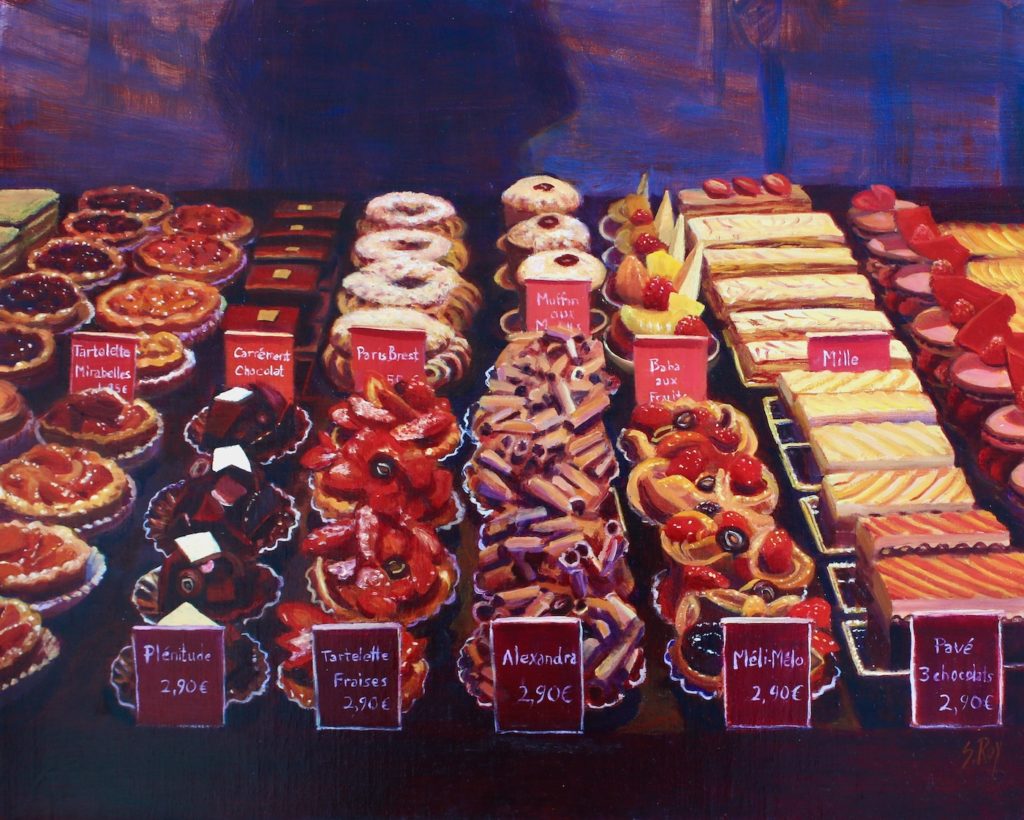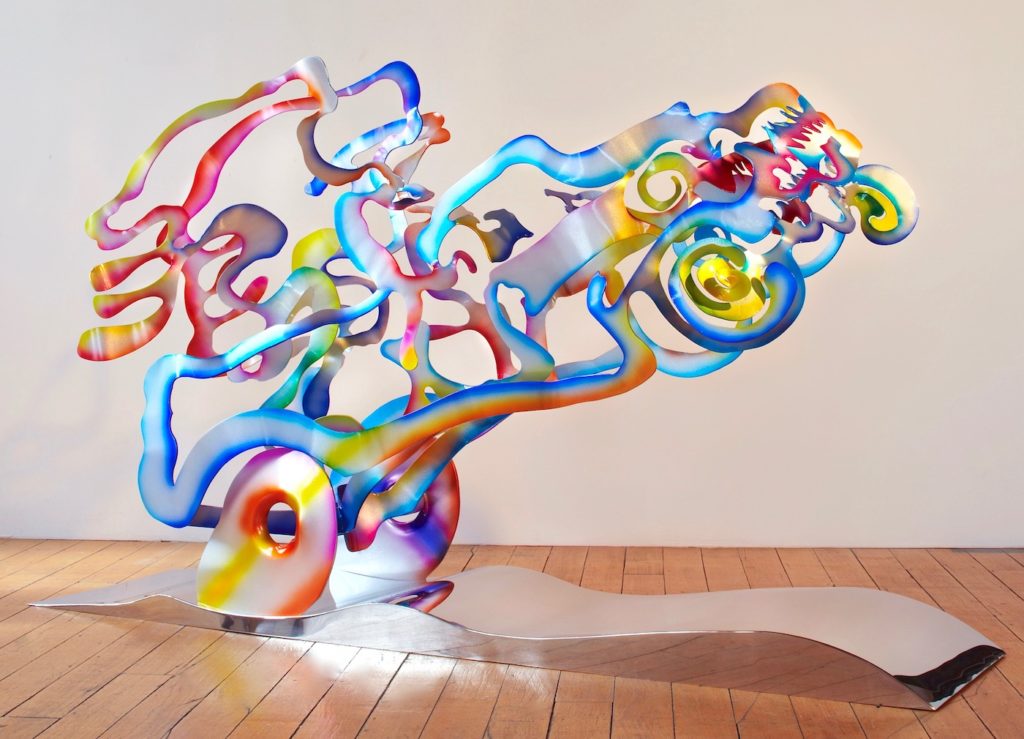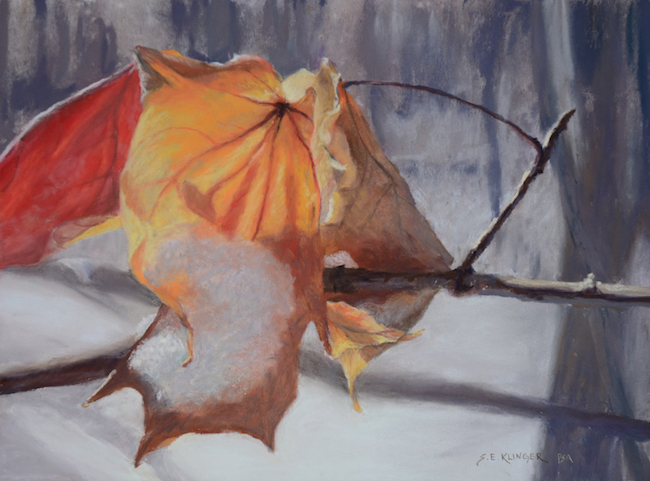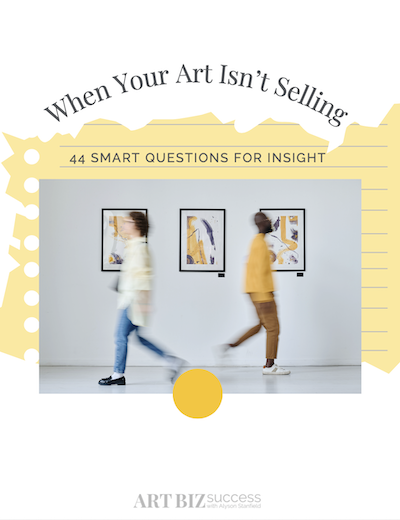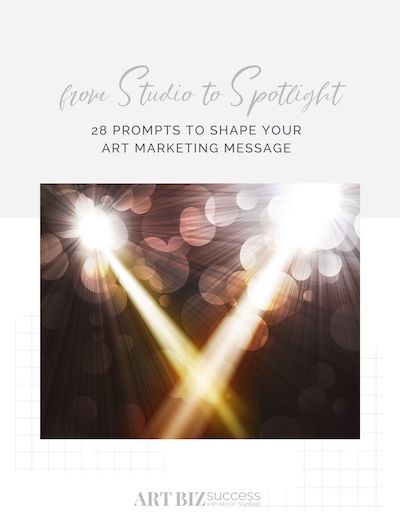The Art Biz ep. 75: A Quiet Gallery Experience with Simonne Roy
What is something special you can do for your email subscribers and collectors when your shows and large events are canceled because of a pandemic?
Give them a private viewing experience, of course.
For years, Simonne Roy has been hosting 50 – 60 VIPs for a one-night party in her home, which she transforms into a gallery. The money and effort she invested in the event resulted in good sales and meaningful relationships. Each year’s success built on that of previous years.
[caption id="attachment_31426" align="aligncenter" width="650"] ©Simonne Roy, Sunflower Fields of Union County. Oil on canvas, 12 x 48 inches.[/caption]
©Simonne Roy, Sunflower Fields of Union County. Oil on canvas, 12 x 48 inches.[/caption]
When Covid struck last year, her hopes for a successful home gallery show were dashed, until, like many scrappy entrepreneurs, Simonne found a different way to make it happen.
She decided to hold the VIP appreciation without the party. In this episode of the Art Biz Podcast you’ll hear how Simonne gave people a private encounter with the art—something few people ever get to have. She calls it the Quiet Gallery Experience.
If she measured its success by the amount of sales only, she could have counted it a success. But sales were almost secondary because Simonne measured her success by the goodwill she created with her subscribers and collectors.
Listen closely to hear what she did to set the stage and make it special, what she would do differently next time, and how she netted the same amount of money from the participation of fewer people.
The Art Biz ep. 75: A Quiet Gallery Experience with Simonne Roy Read

